Shrimp and Grits – Working with the South Atlantic Fishery Management Council
Simon Costanzo ·IAN was lucky enough to be invited to Charleston, South Carolina, to conduct a science communication course for the South Atlantic Fishery Management Council (SAFMC). Together with Jane Thomas, Brianne Walsh and Jane Hawkey, we had two wonderful days in the warm South, and were even greeted by an alligator on the lawn outside our hotel when we arrived.
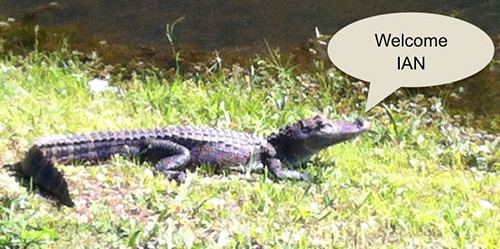
We were then greeted by a much more pleasant host, Amber Von Harten, who is the outreach specialist for SAFMC. The SAFMC, headquartered in Charleston, is responsible for the conservation and management of fish stocks up to 200 miles into the Atlantic Ocean off the coasts of North Carolina, South Carolina, Georgia and east Florida to Key West.
Unbeknownst to the “Aussie” prior to this trip, was that in 1976 Congress passed Public Law 94-265 (the Magnuson Fishery Conservation and Management Act), that extended the U.S. jurisdiction of fisheries out to 200 miles around the whole country and created eight regional fishery management councils, of which SAFMC is one.
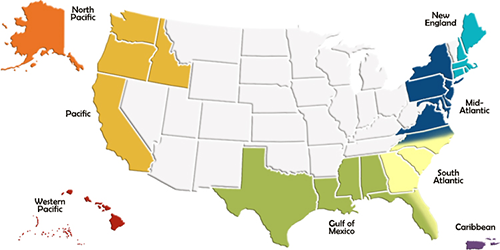
The role of the councils is to develop fishery management plans needed to manage fishery resources within Federal waters. The Magnuson Act was later amended by the Sustainable Fisheries Act (1996) to become the Magnuson-Stevens Fishery Conservation and Management Act, and again in 2007 to become the Magnuson-Stevens Fishery Conservation and Management Reauthorization Act of 2006. The most recent law mandates the use of annual catch limits and accountability measures to end overfishing, provides for widespread market-based fishery management through limited access programs, and calls for increased international cooperation.
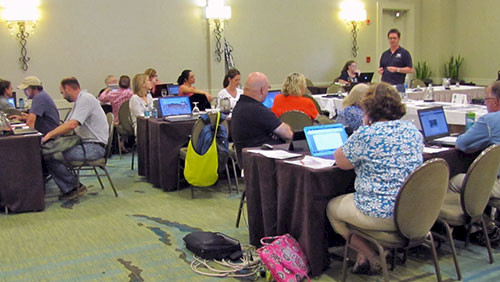
Our two-day science communication course provided a succinct yet diverse taste of all that is IAN. On day one we introduced Council members to conceptual diagrams and the IAN Symbol Library through a crash course in Adobe Illustrator (where my skills with this software was clearly outshone by our IAN Design Divas). Following a general rise in blood pressure by all, we were able to successfully produce some excellent conceptual diagrams related to fishery science and management. That evening was our only chance to explore some of the sights that make Charleston famous. We wandered down King Street and absorbed the aroma, people, architecture…and mules of this oldest city in SC. Also I did not know that Charleston was where the first shot was fired in the Civil War.

Our walk ended at Fish restaurant which is well known for its fresh-off-the-boat seafood (and our dinner party was an authority on that!). We had a great evening and I got to know some of the Council members that much better.
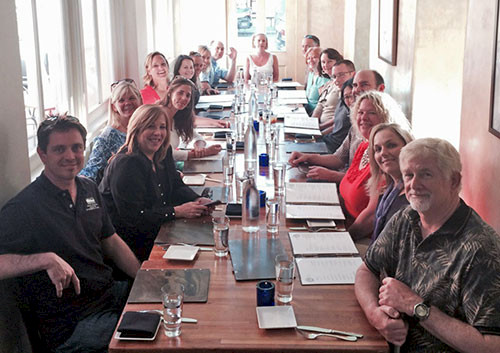
Day two of the workshop focused on the principles of layout and design, PowerPoint skills and report card production. It was a very hands-on day and everyone was truly tired by the end, but inspired and excited to use their new skills back at work...and no, I never got to try Shrimp and Grits!
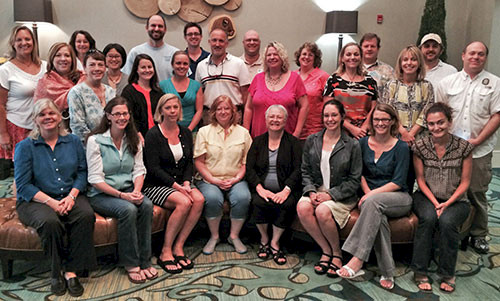
About the author
Simon Costanzo
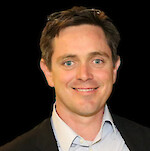
Dr. Simon Costanzo is a Science Integrator at the University of Maryland Center for Environmental Science in Cambridge MD. Simon’s career in environmental science over the past 20 years has been focused on developing and improving methods for the assessment, monitoring and management of aquatic, marine and terrestrial ecosystems. Simon has extensive experience in scientific data collection, synthesis, interpretation and communication. Simon’s career has provided a unique insight to a wide range of disciplines and stakeholder groups including government, academia and private industry. Dr. Costanzo obtained his academic training from University of Queensland in Australia (PhD).

